When reading Tarot cards, it is essential to evaluate not only the individual meanings of the cards but also their categorization into specific groups
According to the level of a person's interaction with the external world and the development of personality along the life path, the Major Arcana are tentatively divided into three groups, each containing seven cards.
- The first seven cards relate to the mind, the intellectual and spiritual sphere of human life, representing the beginning of the journey and youth. The Magician and the High Priestess, the Emperor and the Empress, symbolize the celestial and earthly parents of the querent. The Hierophant symbolizes teachers and school, and at the stage of The Lovers, the hero makes a choice and ventures into adulthood, entering The Chariot;
- The next set of seven cards relates to feelings, the emotional and ethical components of life, corresponding to maturity and the period of gaining experience. Here, the person learns to take responsibility for their actions, symbolized by the card Justice. During The Hermit stage, the hero understands their true nature, the Wheel of Fortune symbolizes their life's task, and Strength represents efforts to realize life plans. The Hanged Man and Death bring crisis, dispelling illusions and renewal. The second stage concludes with Temperance, embodying the attainment of harmony;
- The remaining cards relate to reactions, material and physical aspects of life, corresponding to the time of old age and wisdom. Major Arcana cards from 15 to 21 guide the hero on a path of temptation, diving deep into the cosmos and the subconscious, forcing them to share their inner light with others and to review their accumulated experiences. Upon reaching the end of the journey, the hero attains true paradise.
The Fool card occupies a unique position, serving as either the 22nd or the zero card in various decks, symbolizing a transitional state.
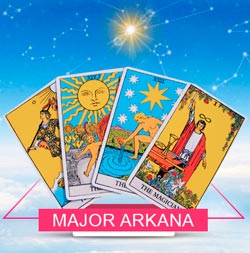


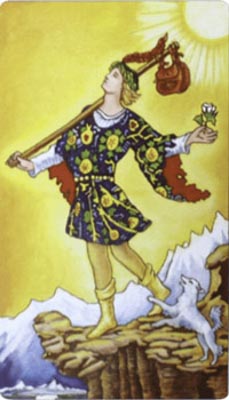 The Fool
The Fool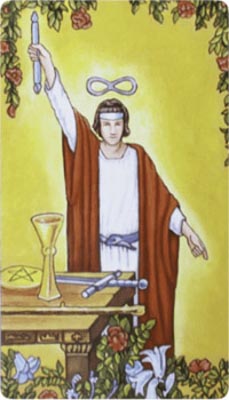 The Magician
The Magician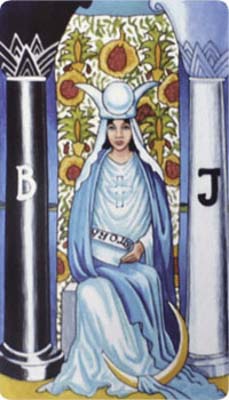 The High Priestess
The High Priestess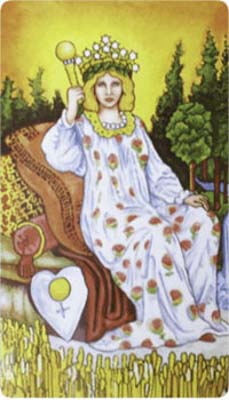 The Empress
The Empress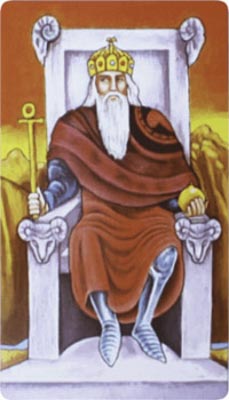 The Emperor
The Emperor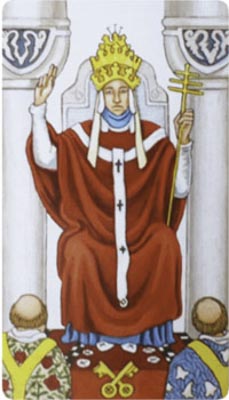 The Hierophant
The Hierophant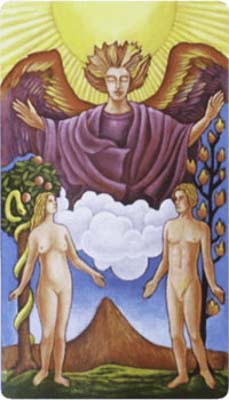 The Lovers
The Lovers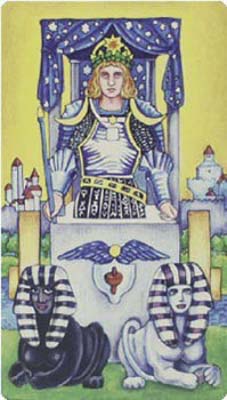 The Chariot
The Chariot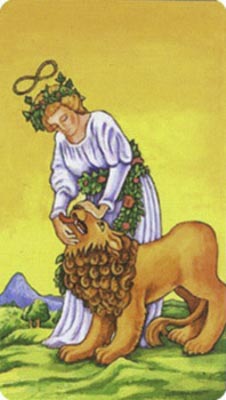 Strength
Strength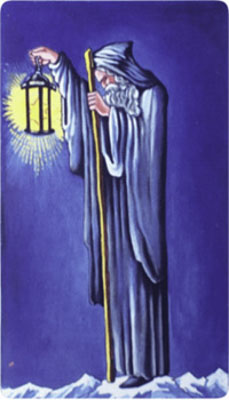 The Hermit
The Hermit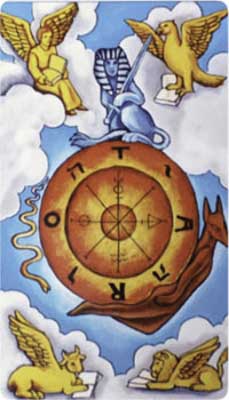 Wheel of Fortune
Wheel of Fortune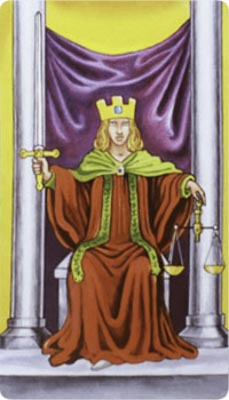 Justice
Justice 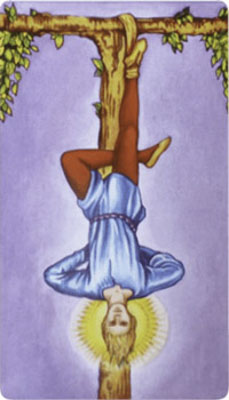 The Hanged Man
The Hanged Man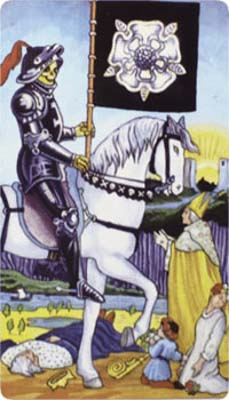 Death
Death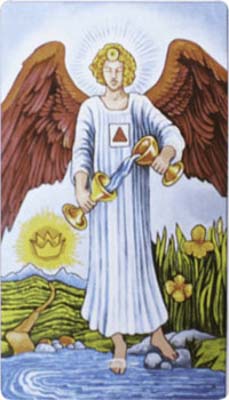 Temperance
Temperance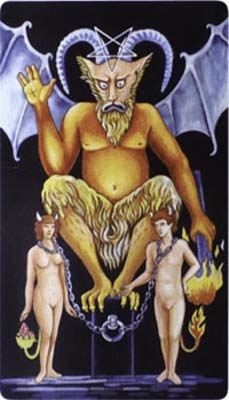 The Devil
The Devil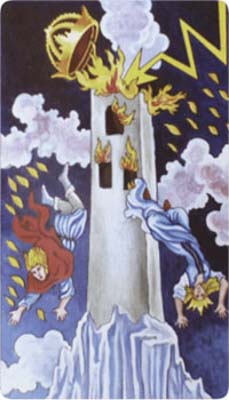 The Tower
The Tower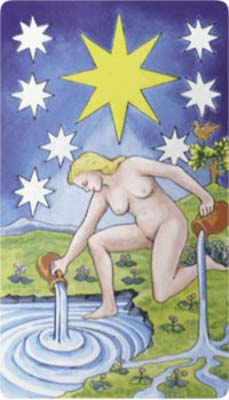 The Star
The Star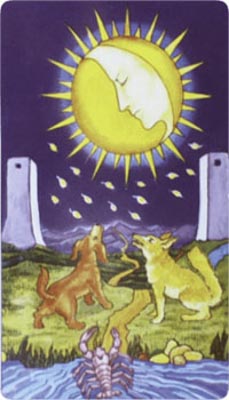 The Moon
The Moon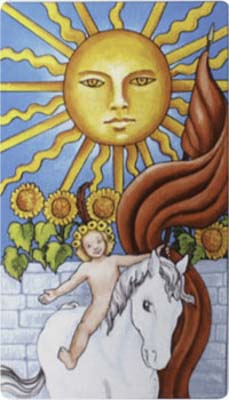 The Sun
The Sun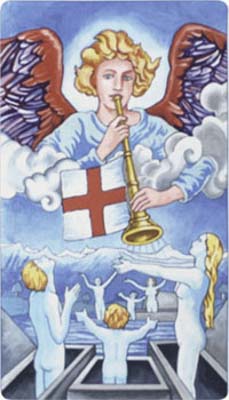 Judgment
Judgment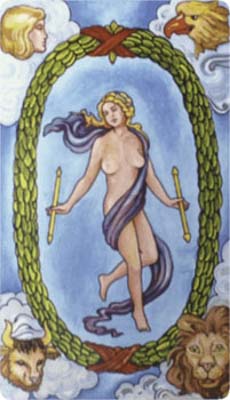 The World
The World
















































































































